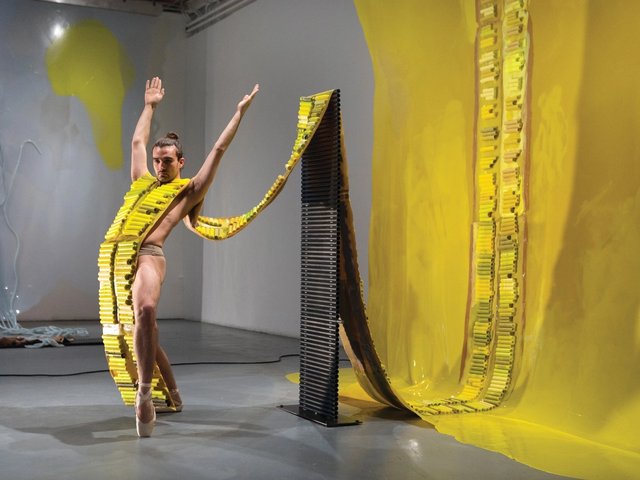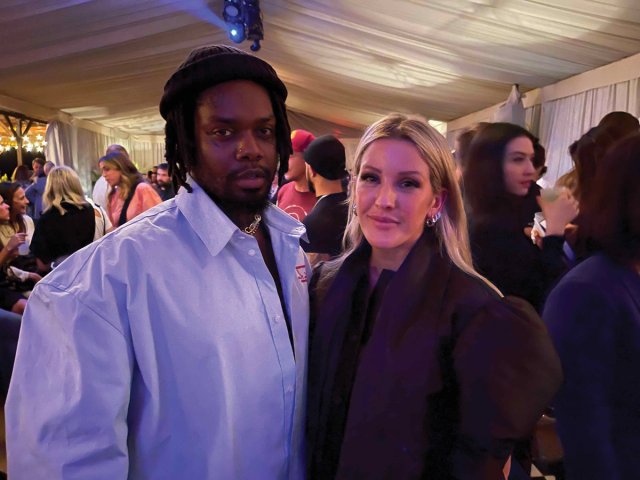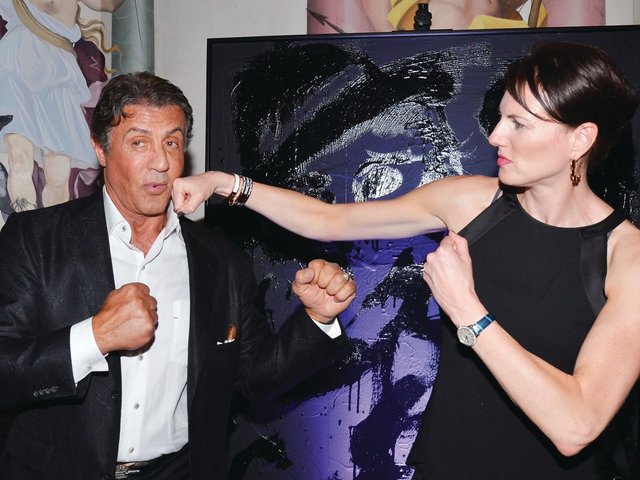Love in Miami: when Chuck met Jay

“The wheelchair is a great babe magnet,” said the artist Chuck Close at White Cube’s Soho House beach party on Tuesday night, when asked to explain a string of recent selfie requests from young women. He strained his voice over Giorgio Moroder’s DJ set to elaborate, but was interrupted by affections of a more masculine variety in the form of White Cube’s founder, Jay Jopling, who had drifted over.
Jopling bent over the supine Close’s motorised apparatus and began to whisper in the artist’s ear, bringing his own drink to Close’s lips. He then stroked the artist’s head and kissed the top of it several times. (“He does it all the time,” Close said later. “I’m beginning to worry about him.”)
Jopling stepped away and scanned the room, looking for able bodies to carry Close up the 15ft stairs at the edge of the beach. “Are you strong?” Jopling asked a volunteer, squeezing his bicep. He’d soon collected five versions of what passes for brawn in the art world, one of whom was dressed in shorts and velvet shoes. They flanked Close as he rolled on the path to the stairs. “We’re like bodyguards!” Jopling said.
At the foot of the stairs, Close encountered a man on crutches wearing a velcroed cast. “Hey, only one gimp at a time!” he joked. Jopling stumbled back into the bushes. After two false starts, the men strained up the steps with Close, as bouncers shone flashlights along the way. “You’re all pallbearers!” the artist called, aloft.
Waiting for the group at the top of the stairs was the artist Christian Rosa, who said to Jopling: “I wanted to introduce you to Pam.” Next to him stood former Baywatch beauty Pamela Anderson. Without missing a beat, Jopling embraced her. “Hello, darling,” he said. “I met you years ago—do you remember?” Anderson shrugged and replied: “I get around,” before strolling down to the party, and the surf, where she waded in up to the hem of her shorts.
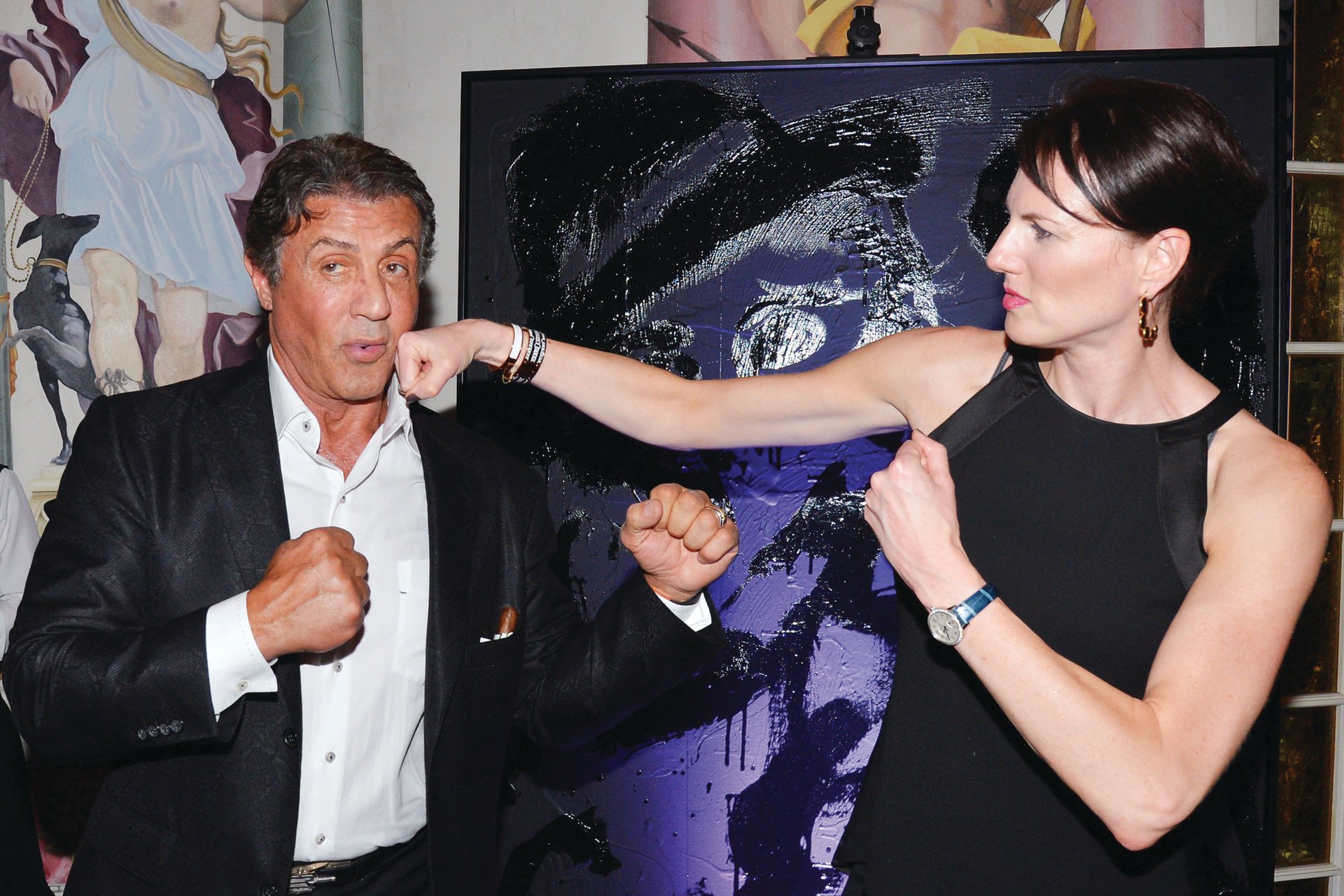
Sly Stallone: artistic ravioli (his words, not ours) The actor-cum-artist Sylvester Stallone returned to his late friend Gianni Versace’s Mediterranean Revival mansion on Tuesday night for the first time in two decades, having spent every weekend there up until the designer’s death in 1997. “It’s the last place in the world I thought I’d be back to,” the Hollywood star told us in a private room off the pool (tiled with 24-carat gold), where he was celebrating his new series of abstract paintings—and a sculpture of a turtle—that he and Galerie Gmurzynska have installed around the mansion. Celebrities such as Madonna and Cher could be found there when Versace was alive, but they have now been replaced by the likes of Leonardo DiCaprio and Pamela Anderson. “You wonder, would Gianni be happy about this or not? I have to assume he would because he was a gentle, artistic soul,” Stallone said. “Every inch of the house is an artistic statement,” he added, which makes his show “art within art”. And lest we forget that he once played Rocky and Rambo, Stallone clarified with a fitting metaphor: “It’s like a ravioli, an artistic ravioli, and I’m the cheese within the pasta.” Enough said.
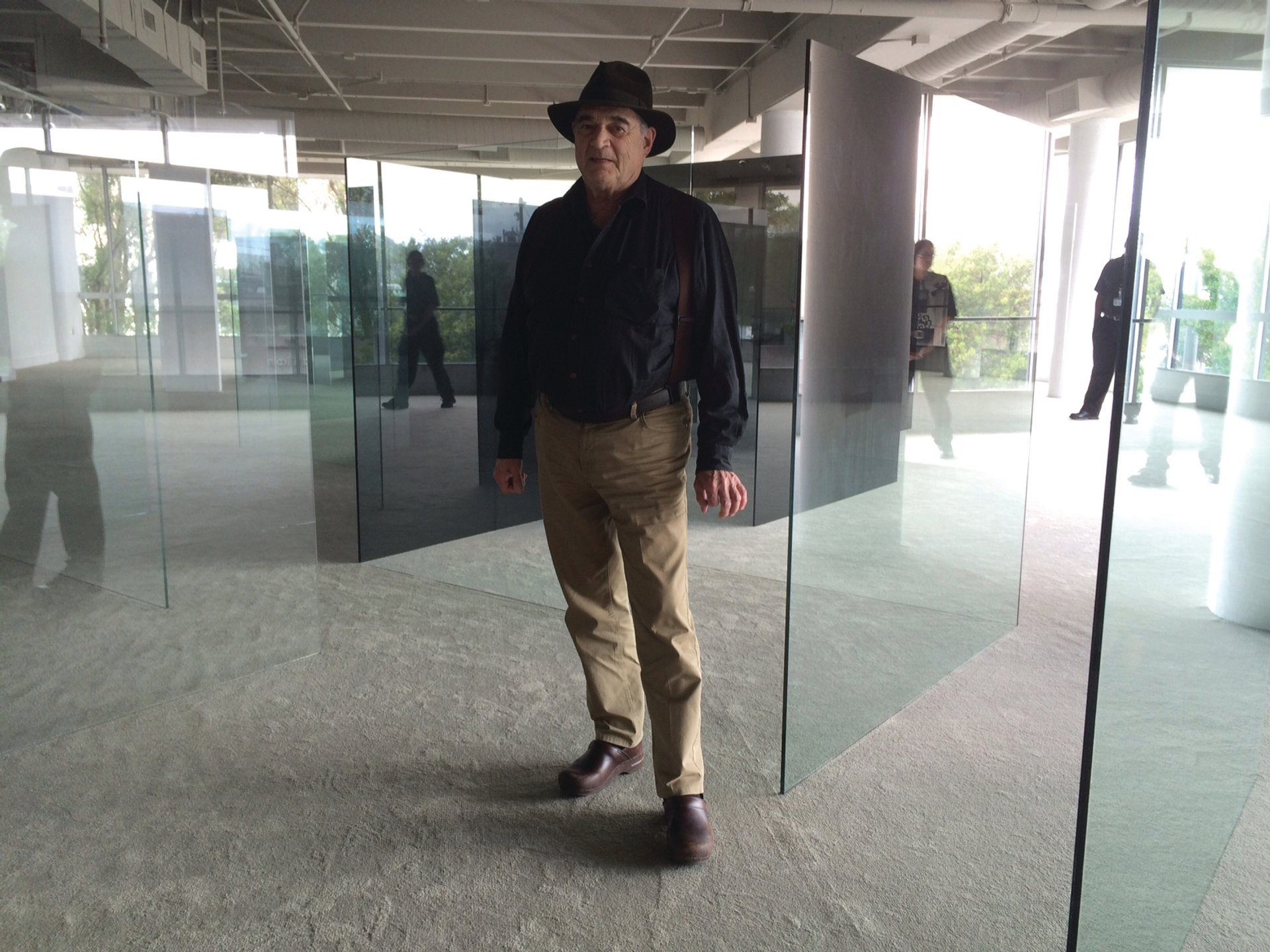
The death of satire As Rashaad Newsome’s art parade wound through the Design District on Tuesday, White Cube hosted an equally strange event nearby: a talk by Larry Bell, whose glass sculpture 6 x 6 An Improvisation was being shown, and the curator Hans Ulrich Obrist—two men so utterly, enjoyably themselves that even their talking past each other reached an extreme level of profundity.
“Glass continues to function as a contemporary material,” said Obrist, asking: “Is it a collage? Do you use glass as a collage?” Bell replied: “I like to think of it as more of a thick soup. It brings context to everything else.” Obrist then turned to Bell’s previous assertion that his ideas came from “a spaceship in his head”. When asked to explain, Bell replied: “I don’t think I can.”
Marriage, gynaecology and buttered bread
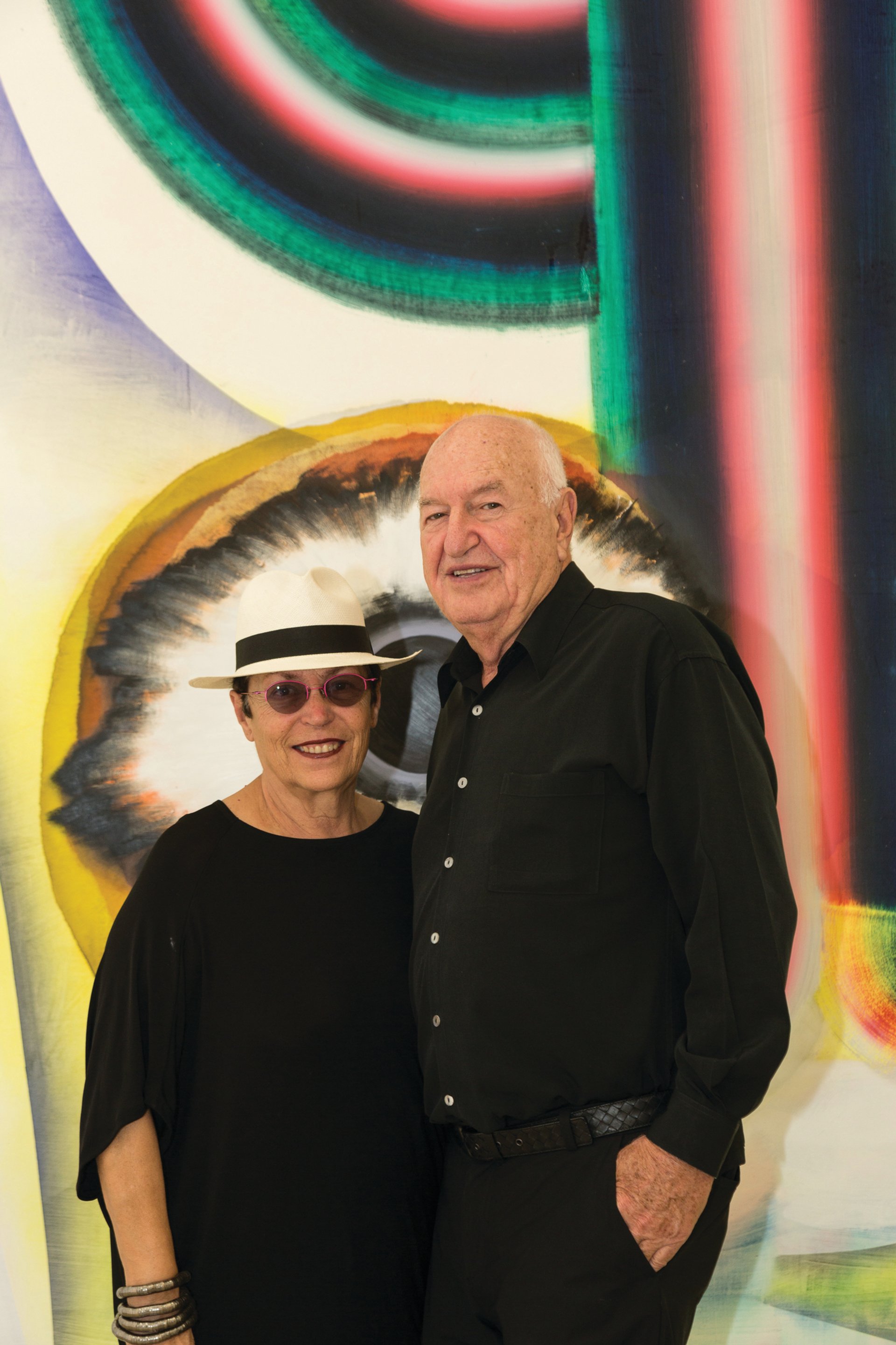
Miami-based super-collector Don Rubell was the only man at Tuesday’s preview of No Man’s Land, the Rubell Family Collection’s new show of work by female artists, but that didn’t bother him. “I used to be a gynaecologist, so I feel right at home,” he told a group of around two-dozen female journalists, artists and dealers. Perhaps it’s that positive attitude that has kept his marriage to Mera going strong for more than 50 years—a union that recently inspired the couple’s artist daughter, Jennifer, to create a marriage-themed performance. The concept of the work, which will make its public debut on Thursday morning at the Rubell Family Collection, is far simpler than many of the outlandish food performances she has cooked up for previous editions of Art Basel in Miami Beach. Jennifer has asked two of her friends, the recently engaged couple Alban de Pury (son of Simon) and Fanny Karst, to slice and butter bread for two hours. “They’re enacting this basic ritual of everyday life, and over the course of the performance, it becomes a condensed form of their married life together,” Jennifer says. Although art often succeeds in transcending the mundane, “marriage and domestic life don’t feel transcendent in the everyday”, she explains. “I wanted to valorise it.”


